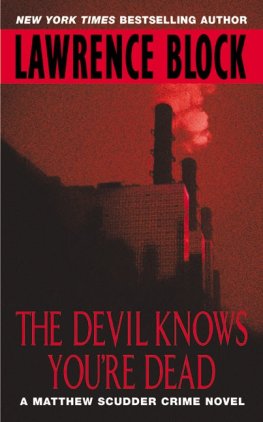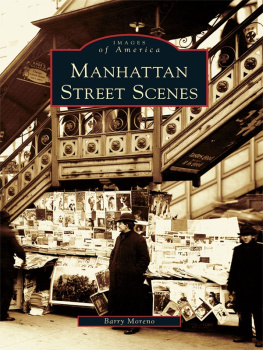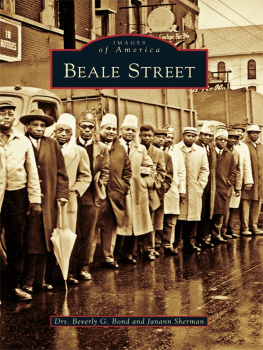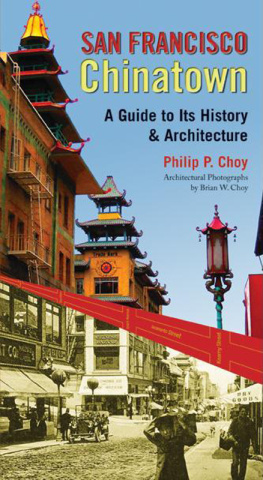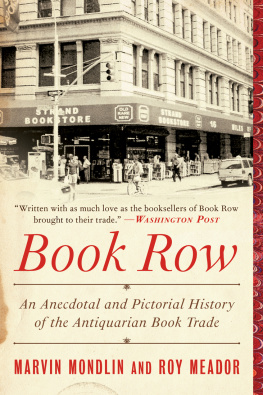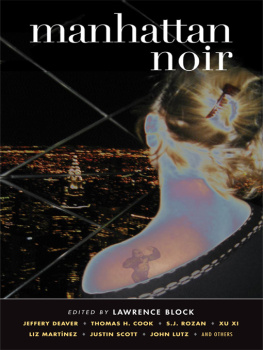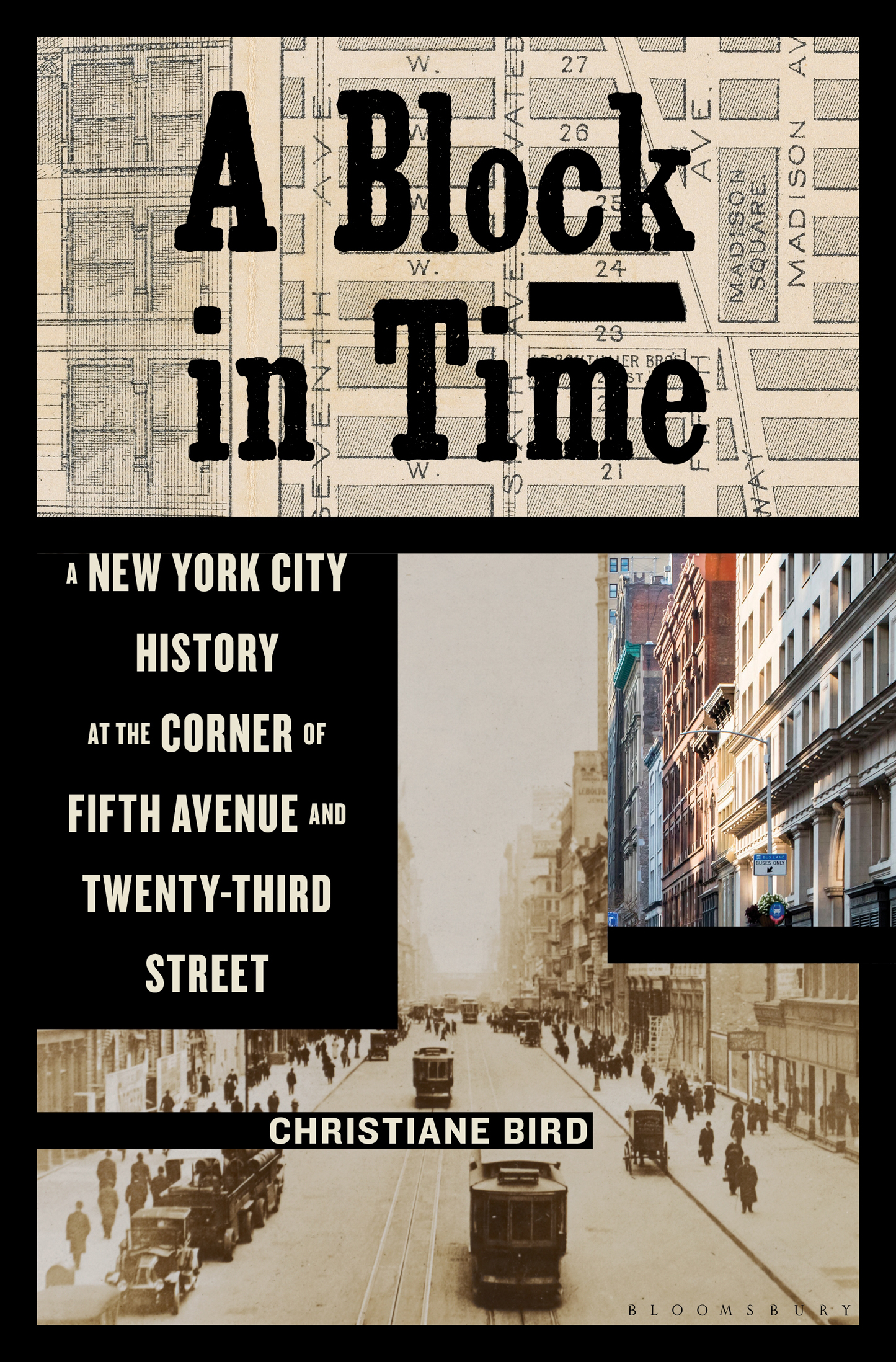Contents
Guide
Pagebreaks of the print version

For Simone and Silvie
BY THE SAME AUTHOR
The Sultans Shadow: One Familys Rule at the Crossroads of East and West
A Thousand Sighs, A Thousand Revolts: Journeys in Kurdistan
Neither East nor West: One Womans Journey through the Islamic Republic of Iran
The Jazz and Blues Lovers Guide to the U.S.
New York State (Moon Handbooks)
Below the Line: Living Poor in America (co-author)

CONTENTS
On the part of the floodplain that will one day become the island of Mannahatta , a shaggy mastodon throws back his tusksfourteen feet of danger spiraling out. A smaller mastodon with smaller tusks turns and retreats...
CUT TO:
A group of Lenape men and women deliberately set fire to a swath of Mannahattas forest, flushing out a herd of deer. The men pull back their bows, arrows fly, deer drop...
CUT TO:
Dutch settlers explore the island with their Lenape guides. They walk along the Wickquasgeck Trail, heading north. One hundred years later, much of this path will be known as Broadway...
CUT TO:
The Dutch have left the island. The English have arrived. They grant a tract of land in the lower middle of Manhattan, to the west of the Wickquasgeck Trail, to a former Black slave...
CUT TO:
A Dutch family now owns the Black mans land. Outside the windows of their yellow farmhouse hulks the so-called House of Refuge, where youths huddle together, waiting for a bowl of gruel. Theyve been labeled thieves, swindlers, and prostitutes, but most are simply poor...
CUT TO:
The yellow farmhouse has been converted into a raucous stagecoach stop. Nervous travelers down mugs of mead before venturing into the upper wilds of Manhattan...
CUT TO:
Shouts, curses, and cries pour out of a two-story hippodrome, built on the site of the former stagecoach stop. An audience of blacklegs, gamblers, rowdies, and the whole miscellanea of polite roguery are urging a half dozen ostriches on...
CUT TO:
High society swishes in and out of the citys poshest hotel, which has replaced the hippodrome. Voluminous skirts are swirling, gold-topped canes are gleaming, well-dressed thieves are lurking...
CUT TO:
In boardinghouses behind the hotel, prostitutes paint their faces, getting ready for the night. Competition is fierce. The whole neighborhood is packed with debauched yet alluring disorderly houses, concert saloons, dance halls, gambling joints...
CUT TO:
The hotel and boardinghouses are gone, replaced by office-and-loft buildings. Young women hunch over sewing machines, churning out shirtwaists and undergarments; young men hawk furniture, china, and glass...
CUT TO:
The Sixth Avenue Elevated railway screeches past the office-and-loft buildings, raining cinders and soot. In its cars and beneath its shadows lurk secrets and sorrows...
CUT TO:
Toy manufacturers from all over the country gather at the worlds biggest toy center, built on the site of the former posh hotel. Lionel trains, Monopoly, hula hoops... What will be the next big thing?...
CUT TO:
A sprawling Italian marketplace fills the ground floor of the former toy center. Overflowing with food shops and restaurants, it is packed with hungry hordes from morning till night...
CUT TO:
Above the Italian marketplace, a social media company thrives. On its website, visitors take quizzes, read posts about cats, and vote on articles with bright yellow buttons: LOL, OMG, WTF?...
CUT TO:
Sirens wail. Shops and offices close. Sidewalks are empty... BLACK LIVES MATTER, JUSTICE FOR GEORGE, reads graffiti spray-painted on splintering wood...
CUT TO:
Vaccines arrive. Businesses are reopening. Life is returning to normal...
CUT TO:
???

This is the story of New York City, told through the prism of a single block and the lives of the people who lived and worked there. Bordered by Twenty-third Street to the south, Twenty-fourth Street to the north, Sixth Avenue to the west, and Fifth Avenue and Broadway to the east, the block once lay far north of the settled city, then at its epicenter, and then on its cultural periphery once again. Its a story of forest and cement, bird cries and taxi horns, Native Americans and Europeans, farmhouses and hotels, theaters and brothels, publishing houses and clothing manufacturers, toys and gourmet foods. Its a story of high life and low life, immigrants and tourists, factory workers and aristocrats, newly independent women and newly reinvented African Americans, crooked cops and moral reformers. Its a story of the flow of history.
Often, the blocks denizens have not been what they seemed. Often, there have been secrets and scandals. At times, the block has seemed to embody all that is best in human nature. At other times, it has seemed to embody all that is worst. Much like New York City itself, and its celebrated poet Walt Whitman, it has contained multitudes.
Wealth and want, greed and generosity, guilt and innocence, extravagance and degradationall have flourished on this one Manhattan block, emblematic of the metropolis as a whole.

The germ of the idea behind this book first came to me twenty-five years ago when I was a graduate student in American studies at Columbia University. I had taken a course in urban history with New York City historian Kenneth Jackson and written my masters thesis on New Yorks Tenderloin, the notorious red-light and entertainment district that initially stretched between Twenty-third and Forty-second streets, Fifth and Eighth avenues, in the second half of the nineteenth century. Filled with an impossible number of improbable tales, the Tenderloin was the embodiment of all the abovementioned contradictions, and those juxtapositions fascinated me. There was a book there, I knew it.
But I couldnt figure out how to frame it. I didnt want to write a scholarly work, or an account of one of the Tenderloins major events, or a biography of one or two of its central figures. I simply wanted to write about the neighborhood and its unusual history, but that subject was too amorphous to shape into a compelling narrativeit had no glue. I brought up my problem with my friend and editor Nancy Miller, but she saw no way to frame the material effectively either, and I dropped the idea. For decades.
But I never forgot about it. In between other books and jobs and the frenetic rush of daily life, the idea would come back to me. The Tenderloin. What a dazzling, unnerving neighborhood it had been.
About six years ago, I brought up the Tenderloin with Nancy once again. Can you tell the history of the district in one or more buildings? she asked me. I thought for a moment. One building came immediately to mind: the Fifth Avenue Hotel, which had formerly stood at the corner of Twenty-third Street and Fifth Avenue, on the far eastern edge of the Tenderloin. For fifty years, from 1859 to 1909, it had served as an important social, cultural, and political center, as well as the haunt of prostitutes and con men. But the Fifth Avenue Hotel told only one part of the Tenderloins story and had been torn down decades before, as had most of the districts other emblematic buildings.


